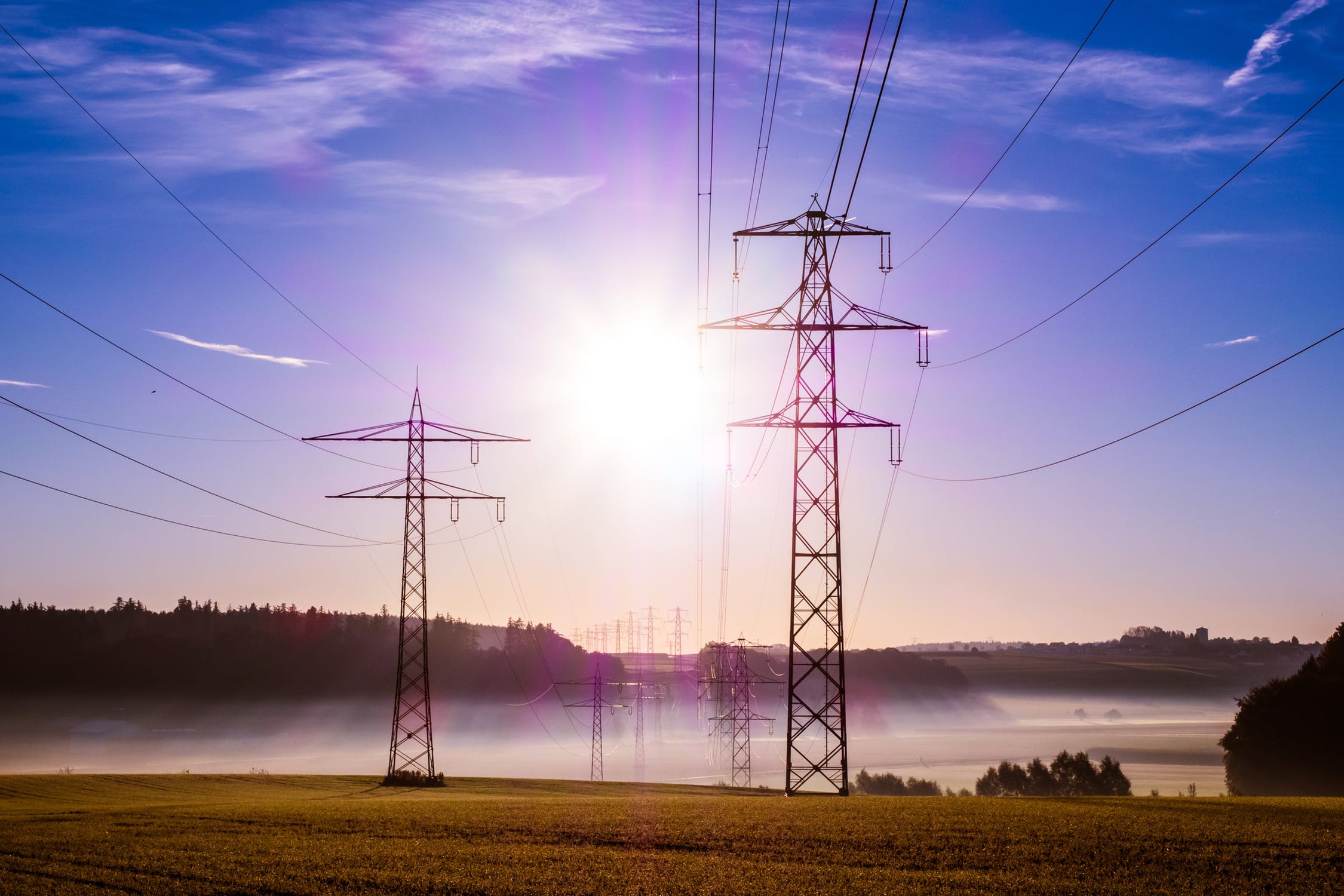Here are some simple things you can do to save money on energy bills while making your home warmer and healthier.
Tips for a warmer, healthier home

Keep your home warm
Heat is expensive, so save money by keeping the cold air out and the warm air in.
Windows and doors
- Draw curtains at dusk - to keep the day's heat in. The best curtains have a separate lining and are fitted close to the window, wide enough to generously overlap the window frames at the sides and long enough to touch the floor. A pelmet at the top is even better.
- Consider DIY window insulation kits - which can cut heat loss through windows by half and are a fraction of the cost of double-glazing.
- Stop draughts - make sure your windows and doors fit their frames. Use draught stopping tape around windows and doors and draught excluders or door snakes along the bottom of doors.
Heating
- Turn your heaters off when you don’t need them - rather than leaving them on when you’re not there, this includes your heat pump.
- Set your heater thermostat - aim for 18 to 20˚C.
- Many heaters are only big enough to heat one room - so close doors and in the evening pull curtains.
- Use a heater directly in the room you want to heat - and keep the door shut (unless you have central heating)
Keep your home dry
Get rid of moisture and dampness in your home, especially when you're cooking and washing.
Outside
- Fix any broken or leaking pipes, and clear and fix gutters - leaky pipes and blocked or broken guttering can cause dampness inside your home, which can lead to mould.
- Lay down a ground vapour barrier - this is basically a giant piece of black plastic sheet that sits on the dirt under your house, keeping dampness in the ground.
- Clear vents - check the outside of the house to make sure all underfloor vents are clear of plants or other blockages. This helps to move damp air out from under your house.
Inside
- Cooking, showering and washing - all introduce moisture to your home. The best way to get rid of this moisture is with externally vented extraction fans. If you don't have these, open windows during or after cooking, showering and washing up.
- Dry clothes outside or in a clothes dryer that is vented to outside -try not to use indoors airing racks or clothes dryers that vent into your house. The moisture in the clothes will end up in your home.
- Air your home - open windows and doors a few times a day to air the house and let moisture escape, even in winter. Don’t forget to open wardrobe and cupboard doors.
- Ventilate your bedroom - sleeping with your bedroom window open a crack lets out the moisture that naturally builds up over the night.
- Air your bedding - especially in winter. Duvets, pillows, and other heavy bedding absorbs moisture over time, so air them outdoors when it’s sunny.
- Avoid unflued gas heaters -which release toxic fumes and make your house damp. Cheap portable electric heaters are safer and cost less to run.
Save on lighting
Lighting is one of the easiest places you can save energy around your house.
- Turn lights off when you're not using them.
- Replace incandescent light bulbs with energy efficient LEDs - and save $100 or more a year on electricity in your house.
Save on hot water
Heating water is expensive, so using less hot water has a big impact on your energy bills.
- Use an efficient showerhead - it still gives you a great shower, but uses much less water. To check the flow rate of your shower, put a 10 litre bucket under the shower - if it fills in less than a minute at normal showering temperature, your showerhead is wasting water. An efficient showerhead has a flow rate of 9 litres per minute, or less.
- Reduce shower time - a 15 minute shower costs around $1, a 5 minute shower around 33c. A family of 4 could be saving around $18 a week just by taking shorter showers. That’s $900 a year.
- Use cold washes - unless you have an especially dirty load. Modern washing machines and detergents clean well using cold water. A hot water wash can use 10 times more electricity than a cold wash.
Save on appliances
Standby power
Appliances left on standby can cost you more than $100 a year on your power bills. Major culprits are home entertainment appliances, like TVs, stereos, game consoles and computer equipment. Plug them all into multi-plug boards so they can all be turned off properly at the same time. Turn off other appliances like whiteware at the wall too.
Heated towel rails
If you have a heated towel rail, only use it when needed. A heated towel rail left on 24/7 can cost you $170 per year to run. You can buy timers for towel rails that come on automatically at certain times of the day.
Fridges
If you have a second fridge only to chill a few drinks, it could cost you $200 a year to run if it’s an old, inefficient model. Consider turning it off or getting rid of it. Check your fridge door seals - if the door doesn't seal properly, your fridge will use more energy than it needs to. Depending on the age and condition of the fridge, get new seals fitted or replace the fridge. Source: Energywise




